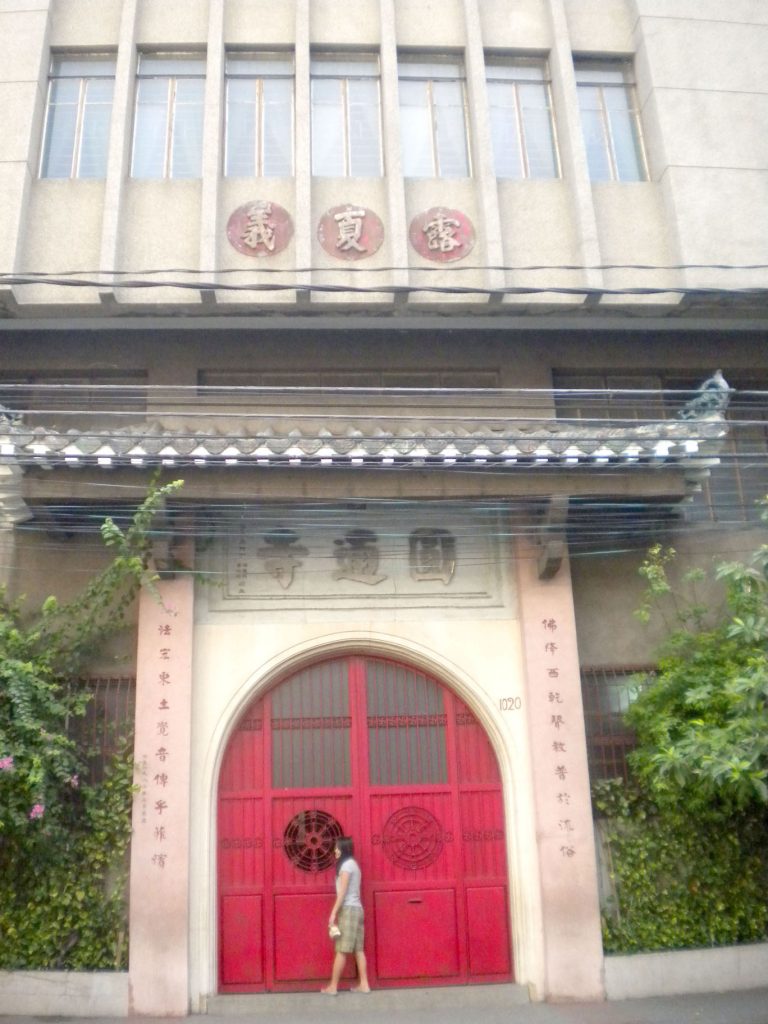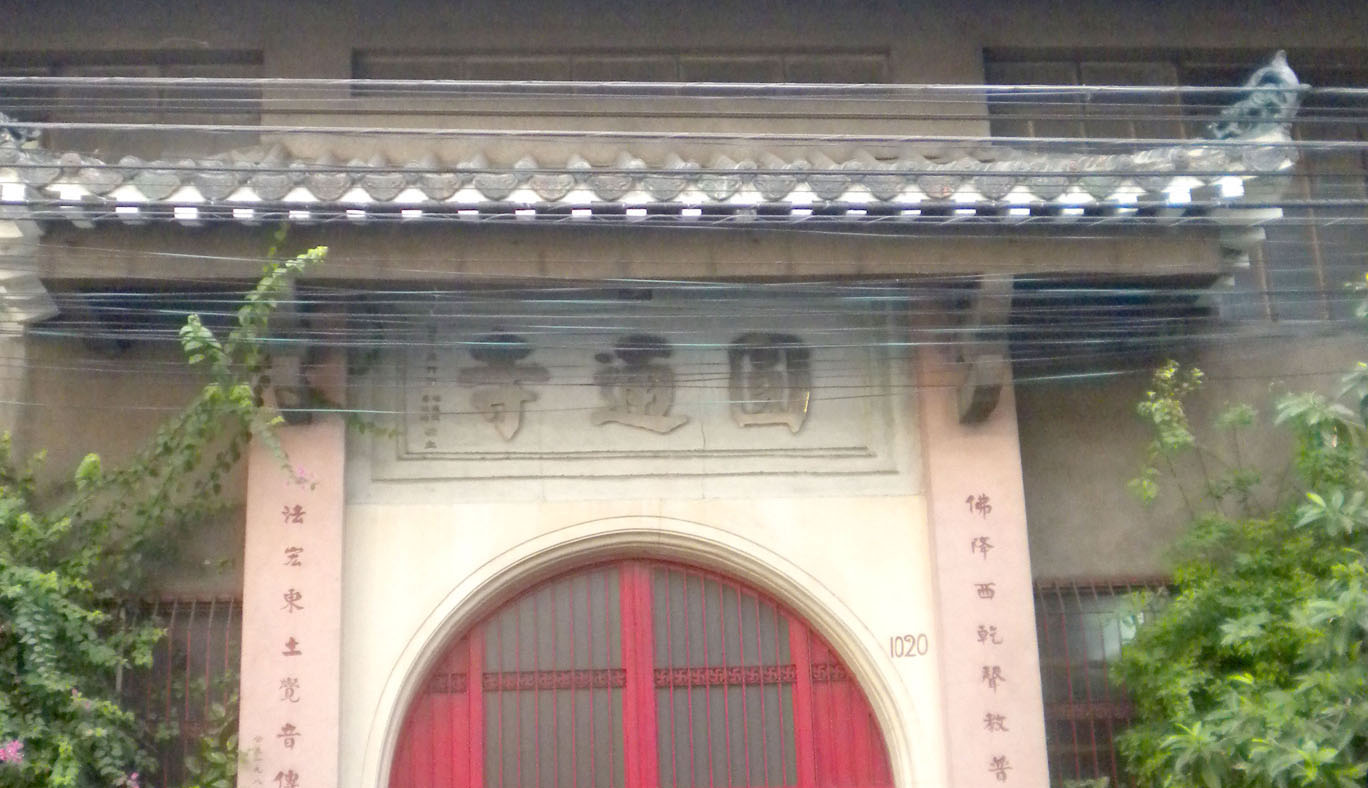Editors Note: This is the 25th of a series about the 36 Chinese Buddhist temples of the Philippines. Much of the information is from a thesis of Venerable Chuanmiao (Hsuan Chuang University, 2008), a Buddhist monk affiliated with the Thousand Buddha Temple in Quezon City.
25. Wan Tong Temple 圓通寺
1020 Severino Reyes St., Sta. Cruz, Manila | Tel.: 711-4957
This temple is dedicated to Guanyin and started as a private shrine on Lohagi (露夏義) Street near the San Fernando Bridge. It was maintained by lay devotees gathered around an image of Guanyin from Mt. Putuo, brought to Manila in 1890 by a man surnamed Tan. Devotees have flocked to this shrine for more than 50 years, earning it the colloquial name, “the Lohagi Guanyin.”
In 1944, to escape Japanese attacks on the city, the shrine was moved to a safer place on Espeleta Street but continued to be known as the Lohagi Guanyin.
Years later, one of the devotees, Chen Jianmao (陳建茂), thought of transforming the shrine into a legitimate Buddhist temple with a monastic community. The devotees agreed and entrusted the matter without condition to Ruijin (of Seng Guan Temple).
Ruijin purchased the property on Severino Reyes Street in 1981 and built a proper Guanyin temple, renaming it the Wan Tong Temple, after one of Guanyin’s many titles.
The Chinese transliteration of “Lohagi” was installed above the temple’s main gate to memorialize the temple’s old name. Ruijin had the position of abbot, but invited his lay sister disciples to take care of the temple’s daily affairs.
The temple community celebrated its centenary in 1990, and the 112th anniversary in 2002 was marked with a pilgrimage of 182 people to Mt. Putuo.
When Ruijin died in 2005, the lay sister Zhaoxin (照新) became the abbess.

Main buildings. The original Guanyin statue, enshrined in Manila for more than 120 years, is now on the ground floor altar of the temple. Behind it is an ancestral altar where Ruijin is especially remembered. The open area on the ground floor is also the dining hall.
On the second floor is a larger shrine to the Thousand Hands Thousand Eyes Guanyin.
Leadership and primary activities. Zhaoxin is now in her 80s. Two other lay sisters, Chuanzhen (傳真) and Chuanxiu (傳修), assist her at the temple.
Chanting services are organized for the beginning and end of the year, the Guanyin and Ksitigarbha feast days. Devotees continue to come, including new immigrants, because of the reputation for efficacy of the old Guanyin image. — First published in Tulay Fortnightly, Chinese-Filipino Digest 25, no. 23 (May 21-June 17, 2013): 14.
